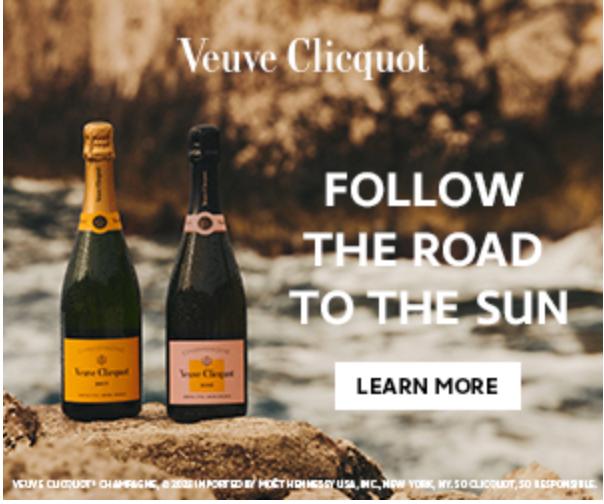Colin Quinn has announced a new stage show – his seventh – and an opening night.
Colin Quinn: Small Talk will play the Lucille Lortel Theatre Off Broadway beginning January 6 with an official opening scheduled for January 23.
The limited engagement runs through February 11. Written by and starring Quinn, Colin Quinn: Small Talk will be produced by Mike Lavoie & Carlee Briglia and Brian Stern. Directing will be James Fauvell, reteaming with Quinn after the comic’s Red State Blue State
The synopsis: In Small Talk, Quinn “breaks down the one area he’s actually gifted in: Personality. Mr. Quinn has been chatting it up with friends, family, municipal employees and counter people for his whole life and now he can teach you how to stop sucking the energy out of the room.”



